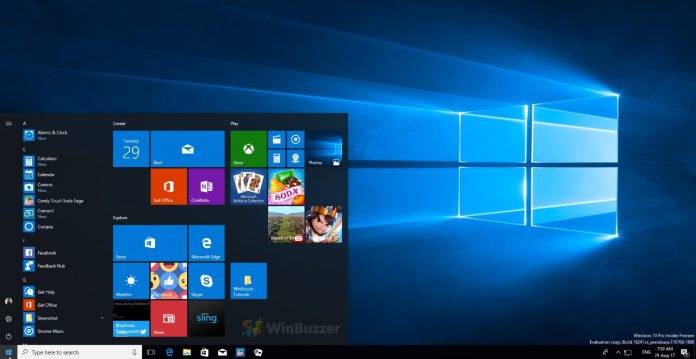Microsoft describes the Windows Desktop Program as a one-stop portal for desktop applications analytics. The service allows developers to access data through an API. Through the portal, charts and statistics break down app performance and usage. For example, how many customers have viewed the app. Additional abilities include viewable crash and failure data. Additionally, developers can track fixes and even monitor them. Monitoring app distribution is now easier with added app optimization. Again, it is worth remembering all these features would have been fragmented across programs before. Anybody with a Microsoft Account has access to the Windows Desktop Program, which is a free-to-use service. Once you are on board, you will access the following analytics tools:
View a summary of all failure types, sorted by number of hits Drill down into each failure and download stack traces and CAB files to debug the issue faster Compare the health status and adoption of a newly released version of your application to previous releases View health data in aggregate or by region, allowing you to isolate issues that are specific to a region Compare performance and adoption of your desktop applications across Windows versions, such as the latest Windows 10 or Windows Insider releases.
Developer Focus
So far in 2018, Microsoft has made some important forward steps for UWP app developers. People creating on the Universal Windows Platform can now integrate subscription-based payment. Subscriptions are set to periods of 1 month, 3 months, 6 months, 1 year or 2 years, customizable by the developer. Free trial periods can also be added to UWP apps, set to 1 week or 1 month. This allows customers to try the add-on or service before subscribing fully.




